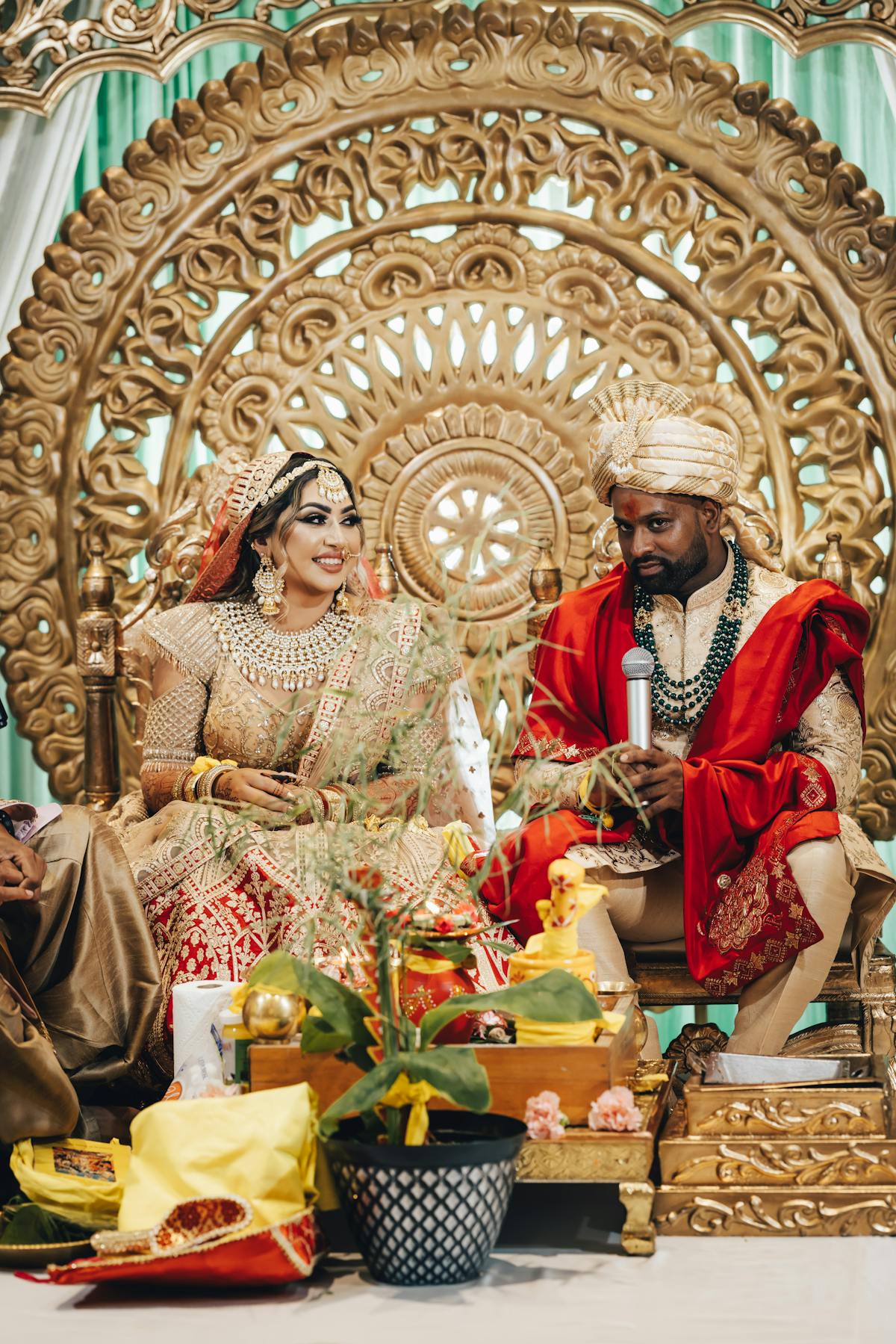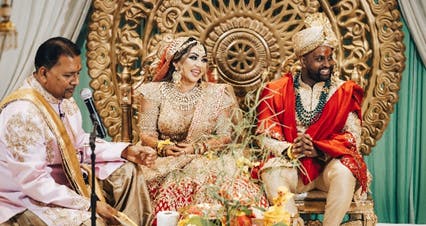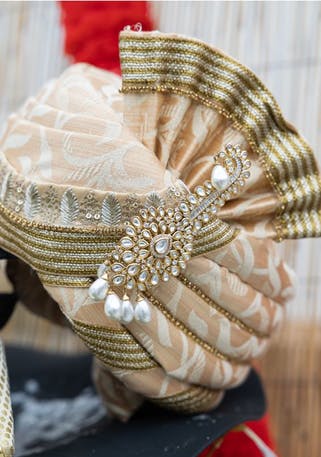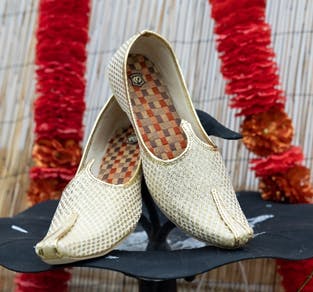Understanding The Desi Groom & His Attire

By: F. Morgan, Wedding Extraordinaire 3/3/2023
Wedding at The Vanderbilt at South Beach Staten Island, NY.
Weddings, like love, are universal but have many variations across the world. It is no surprise that throughout time, traditions were developed, passed down, and altered. While often the topic of conversation, the bride is not the only member of the wedding who's affected by traditional elements in her attire. The Groom, in particular the Desi Groom, must also take into account many detailed aspects of his marital garments.

The Groom’s Turban- The Pagdi/The Safa
he Groom’s turban has endless variations, dependent on his community, regional heritage, and culture. This intricate head garb has roots dating back to 600 B.C., worn by soldiers in the Byzantine Empire. Since then the turban has earned a plethora of varying symbolism and sentimentality. Commonly, it represents power, rank in society, bravery, respect, etc., but today it goes as far as meaning by color.
White – signifies that the wearer has chosen to live an exemplary life, like a saint.
Blue – an optimistic color, worn on special occasions like Vaisakhi
Black- grieving, remembrance of the 1919 Jallianwala Bagh Massacre
Off-white – signifies that the wearer is learning the religion
Yellow- most time same as blue
Basanti- a particular shade of Yellow, often connected to revolutionary movements
Green – someone who works with the earth, a farmer
Orange – signifies bravery
Pink/nude tones- No specific meaning, but matches well with many different styles

The Groom’s Footwear- Jooti
These intricately designed “loafers” date back to royal fashion from the 16th century. Originally heavily garnished with precious metals (Gold, Siver), gems, and pearls, they have been greatly simplified for modern-day purposes. However, simplified does not mean they are any less stylish or lower in quality, as each pair is embroidered with silk threads, beads, and sequins. Handcrafted, each pair is considered a statement in itself.

The Groom’s Neck Piece

Though originally men’s garments were more simplistic, with just the Kalgi having a gemstone and a simple string of pearls, modern-day grooms have chosen to step up their wedding attire by introducing layered neck pieces. Most commonly pearls, rubies, and emeralds are used in the groom’s ensemble which is coordinated to match the bride’s jewels. Depicted left, this groom chose 4 layers of green beads, joined by gold links and 2 Rubies.
Desi men’s fashion can be very elaborate and often styled after historic royal garments, but who doesn’t deserve to feel like a king, especially on their wedding day!
